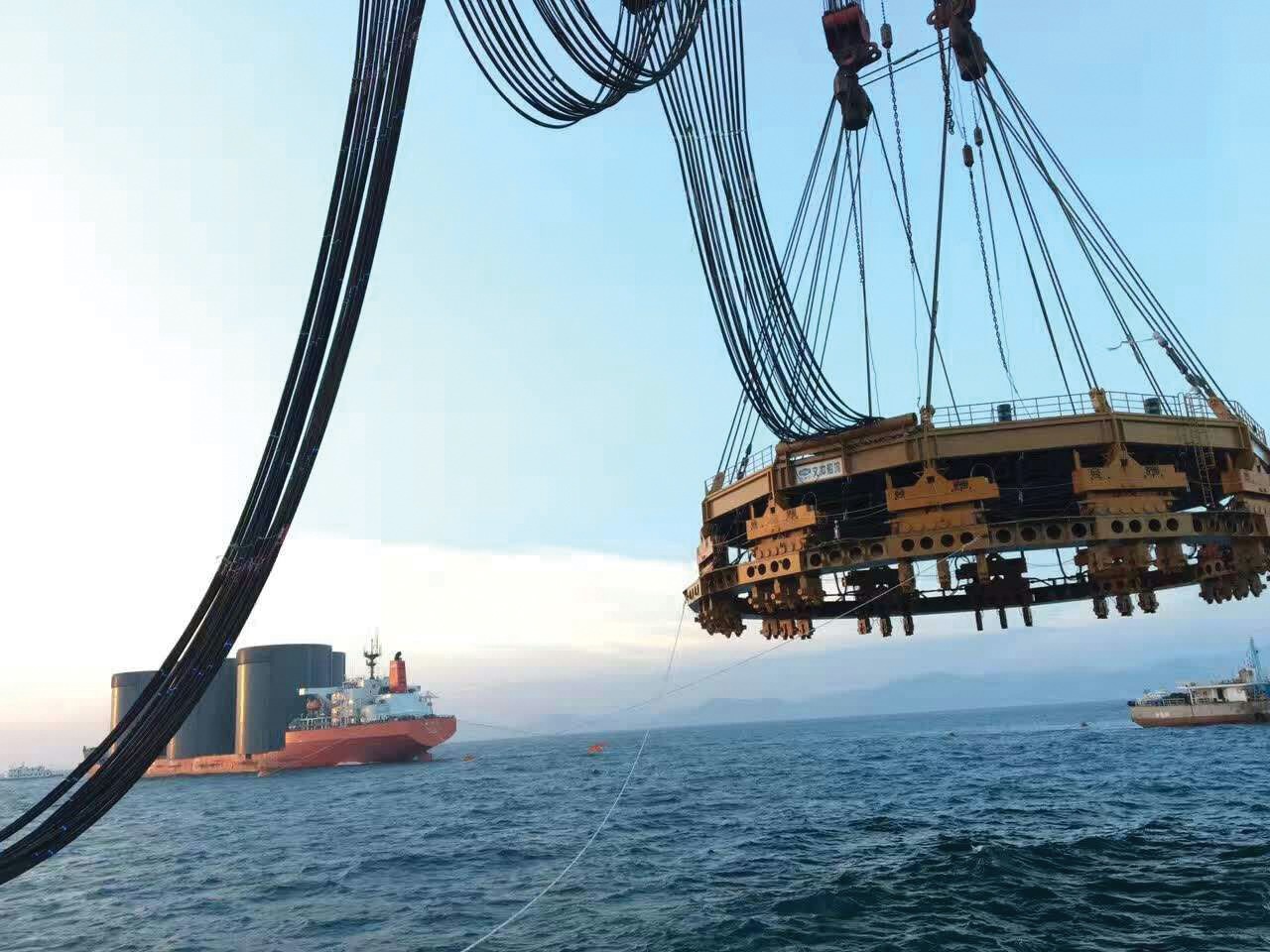
Designed for Pile Driving
Pacific Rubber developed a new high-pressure hydraulic hose line

Pacific Rubber developed a new high-pressure hydraulic hose line
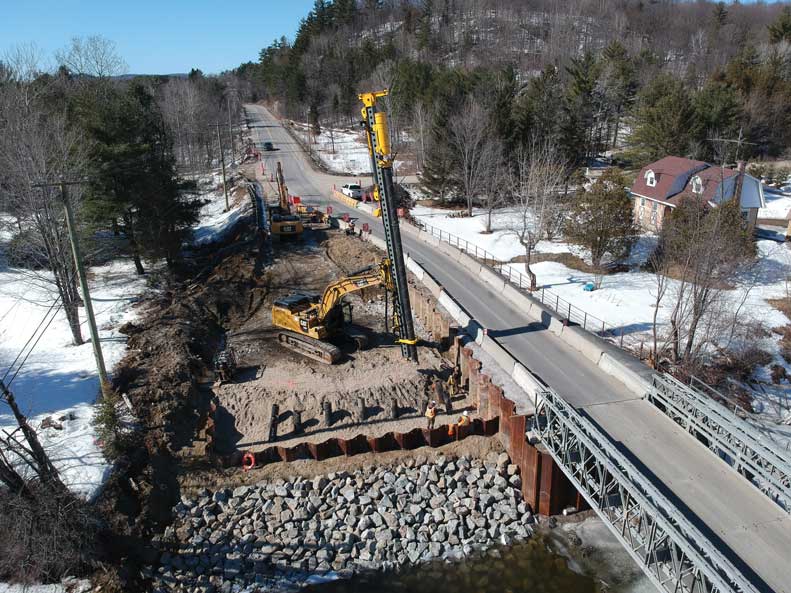
Berminghammer Foundation Equipment’s EML 45 gets into small spaces
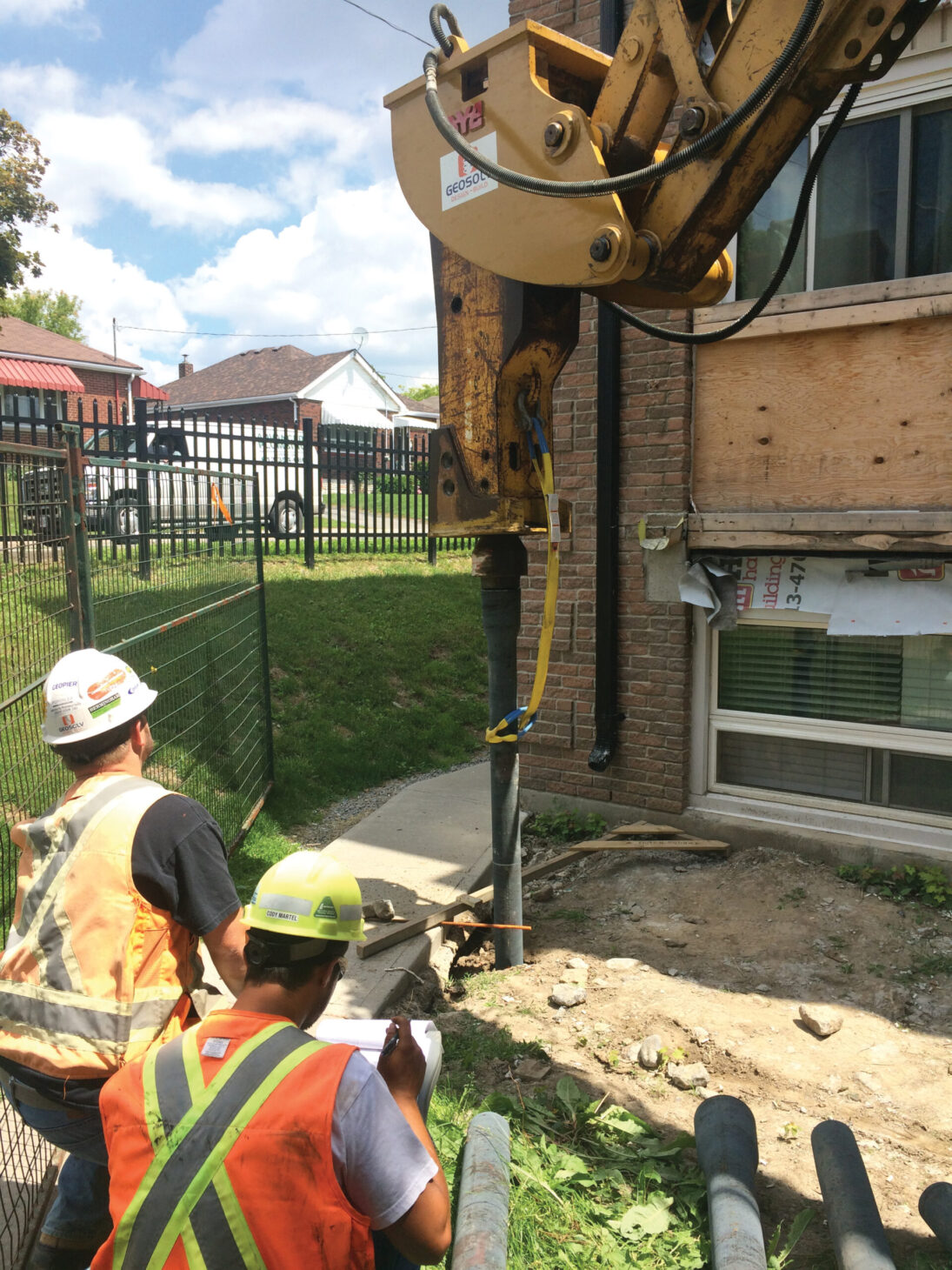
A simple, fast and highly effective low-vibration driven pile system using high-strength ductile iron

Key points for industry to consider
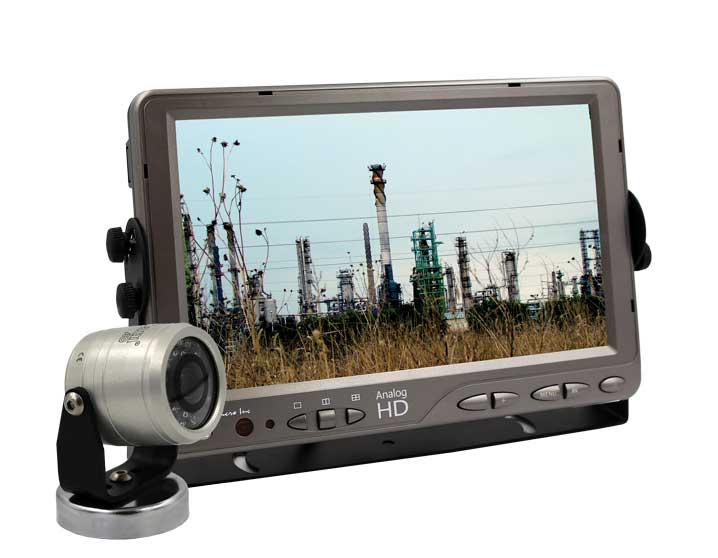
With a plethora of options available, selecting a camera can be a project itself
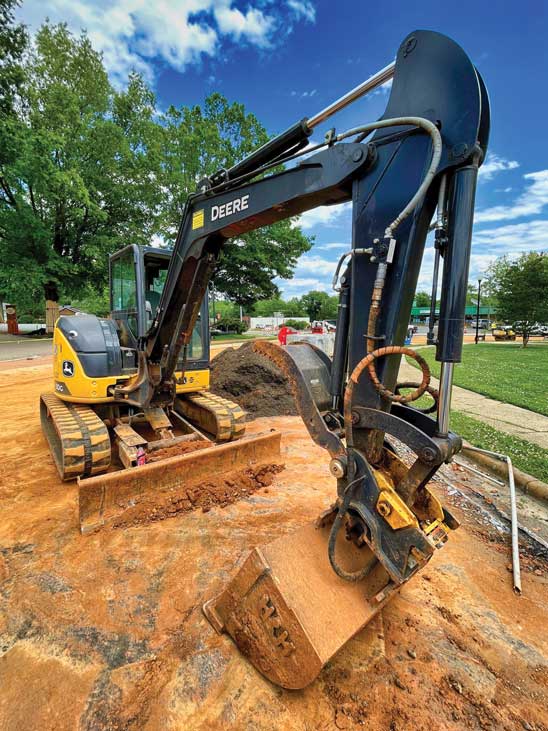
The foundation of London, Ont.’s construction industry for over 120 years
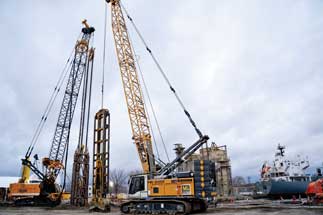
The site’s potential has long sat unrealized and under threat by flooding, and the ambitious Port Lands Flood Protection and Enabling Infrastructure Project seeks to fix all that

Helical piles integral for installation of new elevator in iconic Winnipeg building
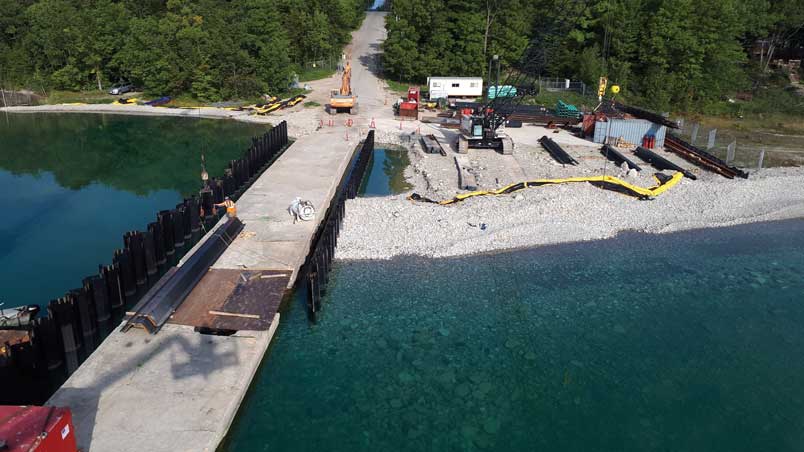
Nucor Skyline supplies sheet piles to give an old wharf a new life
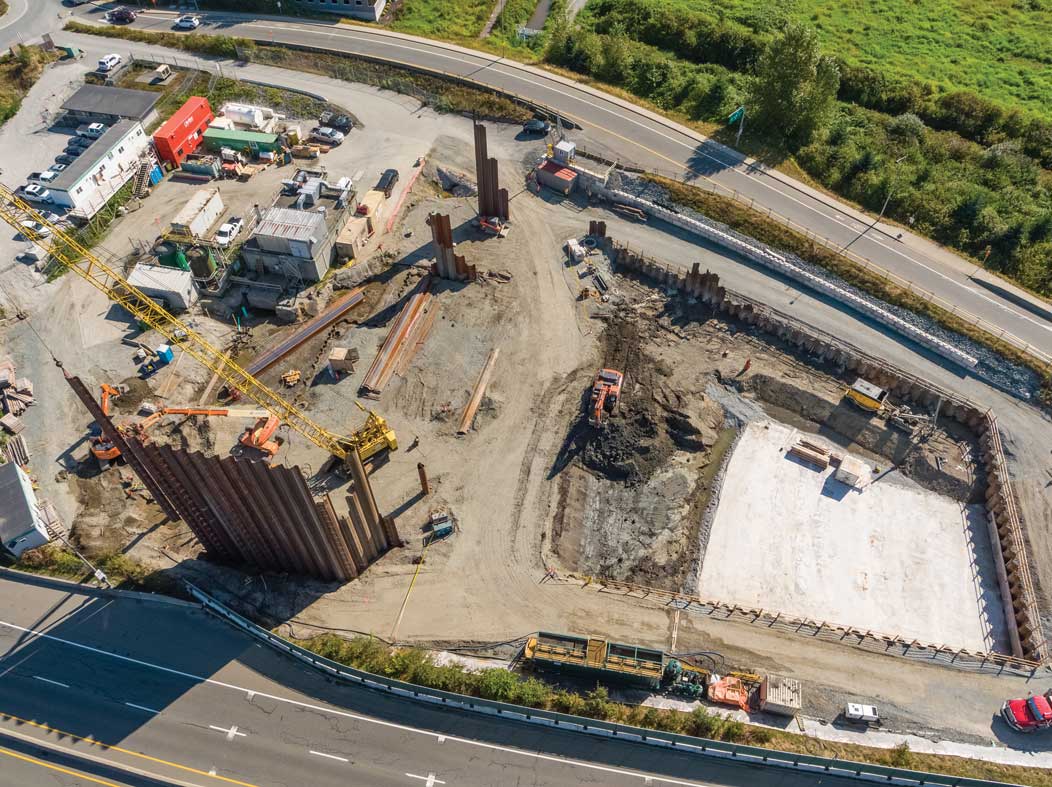
Langley pump station to support massive treatment plant expansion

SNC-Lavalin announced that it has been designated a Certified Building Commissioning Firm by the Association of Energy Engineers.

Industry News

Industry News

Industry News

Industry News
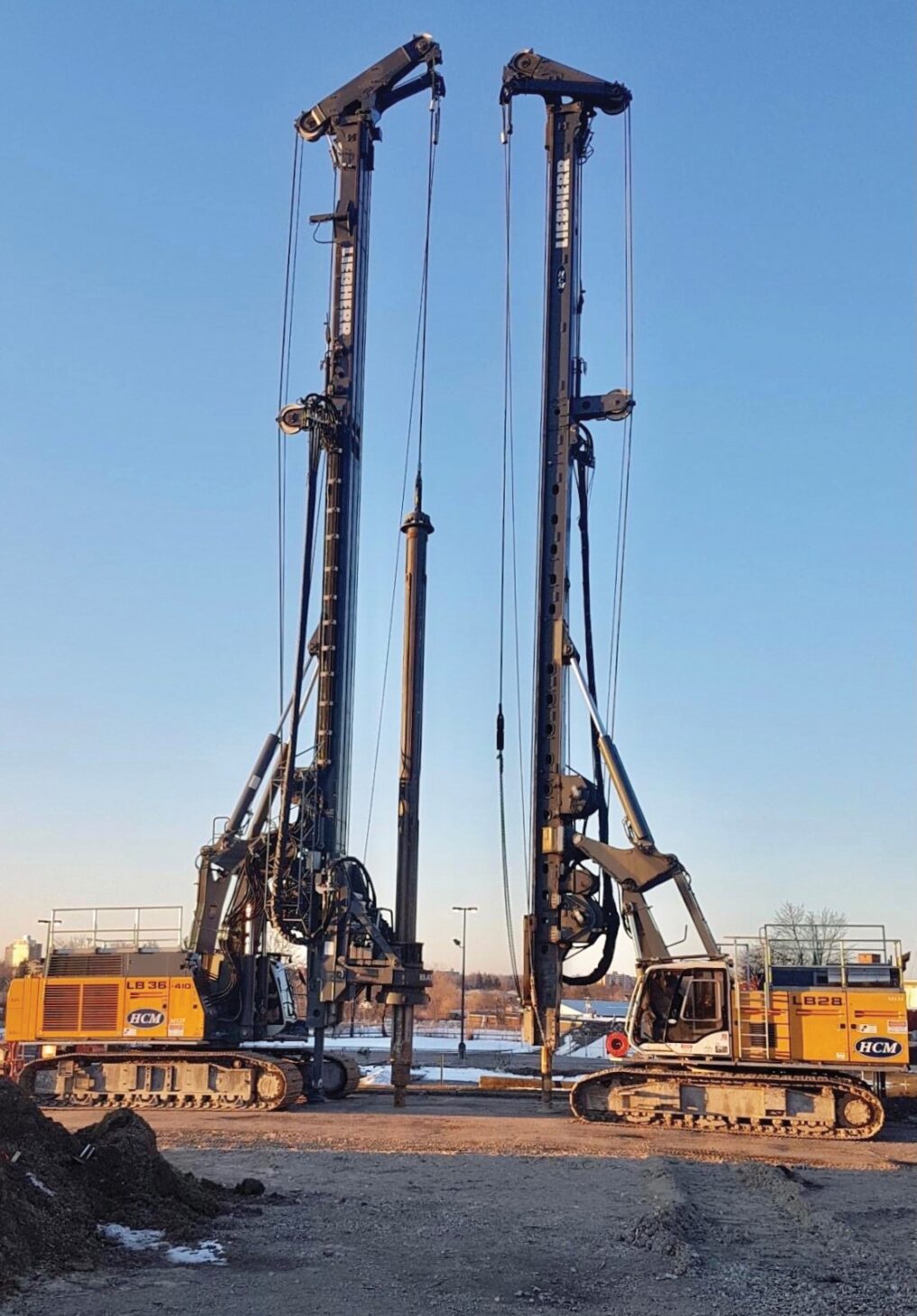
Industry News

Industry News

Industry News
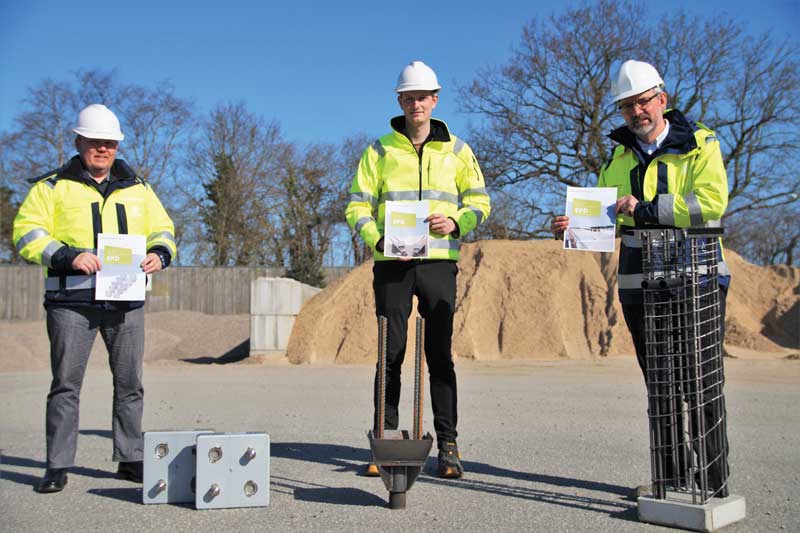
Industry News